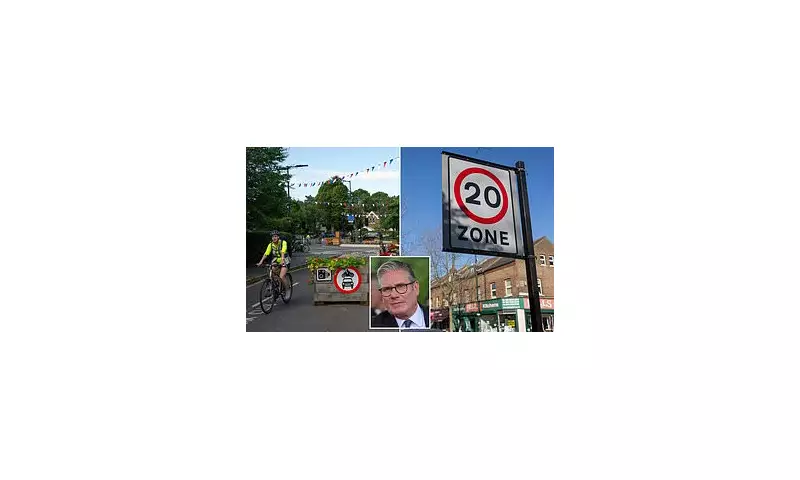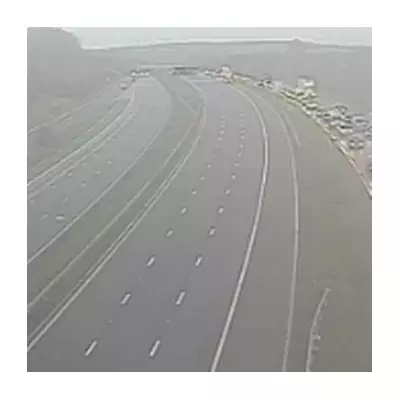
The Labour Party has reignited its push for Low Traffic Neighbourhoods (LTNs), a contentious policy aimed at reducing car usage in urban areas. Critics argue the scheme unfairly targets motorists, while supporters claim it’s essential for cleaner, safer streets.
What Are LTNs?
LTNs restrict vehicle access in residential zones, often using barriers or cameras to enforce limits. Proponents say they cut pollution and encourage walking and cycling, but opponents label them as ‘anti-driver’ measures that disrupt daily commutes.
Why Now?
With local elections looming, Labour is doubling down on its green agenda, positioning LTNs as a key tool for reducing carbon emissions. However, the move has drawn fierce backlash from motoring groups and some residents who feel sidelined.
The Backlash
Opponents claim LTNs simply shift traffic to main roads, worsening congestion elsewhere. Others argue the policy disproportionately affects low-income families reliant on cars for work and school runs.
What’s Next?
As the debate heats up, councils face tough decisions—balancing environmental goals with public frustration. Will LTNs become a permanent fixture, or will backlash force a rethink?





